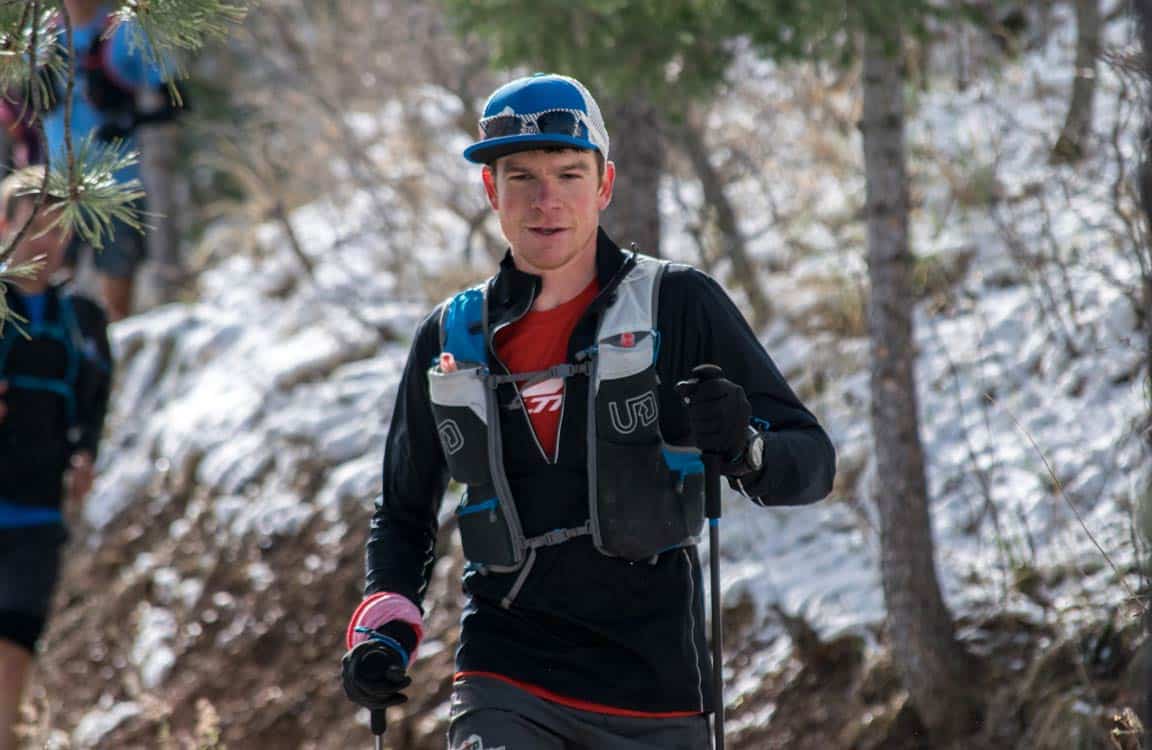
Address These 3 Limitations to Unlock Ultramarathon Success
By Adam St. Pierre
CTS Ultramarathon Coach
Every athlete has a limiting factor. More accurately, there are a number of interconnected factors that seek to limit your ultramarathon success. Though it’s an oversimplification to say these are the only three factors limiting performance, three of the most common are: Time, Structure, and Energy.
Time
For many athletes, time is the biggest limiter. Many athletes I work with juggle jobs, family, and other constraints along with training for endurance events. If time is your limiting factor and you are training for a running event, then focus on running for the vast majority of your time!
Would it be even better if you could incorporate some non-running training into your program? Potentially yes, but only if you can devote enough time to each training modality. When time is short, focus on the training that is most specific to your event and delivers the greatest return for your effort. If you have 8 hours per week and you’re training for an ultramarathon, your best option is to focus on running.
Structural Capacity
Some athletes have more time available to train than their body can tolerate without injury. I consider this a Structural limitation. For instance, John may be able to carve out 8 hours per week to train, but tends to develop overuse injuries when running more than 6 hours per week.
In this situation, John should run for 6 hours most weeks and spend additional time doing some non-running training. This could be strength work, cycling, skiing, rowing, yoga, etc. Over time, from the combination of running and non-running exercises, John may develop the physical resilience to tolerate running for 8 hours per week. At which time he becomes a Time-limited athlete!
Energy
Some athletes have plenty of time and are structurally capable of running lots of volume, measured in time, distance, elevation gain or a combination of metrics. I use time as the primary index of volume, and track mileage and elevation gain for reference. These are the athletes limited by Energy, and they present some tricky challenges.
If time and physical capacity are not limiting factors, should these often high-performing athletes use all their energy running? Or should they run less and expend some energy in other forms of training (cycling, XC skiing/AT skiing, swimming, strength work…)? Many times, these athletes started by spending all their energy running, only to realize there’s a limit to the progress they can make by just running more hours and absorbing more stress. At that point many athletes seek additional improvement by continuing to run at nearly their maximum sustainable workload and adding other forms of training.
► Free Ultrarunning Training Assessment Quiz
Take our free 2-minute quiz to discover how effective your training is and get recommendations for how you can improve.
Enjoying This Article? Get More Free Running Training Tips
Get our coaches' best training advice, delivered straight to your inbox weekly.
To play Devil’s Advocate, would athletes limited primarily by energy see better results from investing more of their available time in recovery, as opposed to adding different types of exercise? This is where it’s very important for athletes and coaches need to communicate well. Some athletes – and some coaches – feel the need to fill all available time with training. Being busy doesn’t always equate with quality work, and it takes a level of confidence and trust to let available time go unfilled.
Combined Effect
It is a gross oversimplification to speak about these three limiters separately. An athlete’s available time, physical capacity for work, and energy level are all intertwined and interdependent. However, when athletes reach the point of frustration or stagnation in training, it is useful to consider how these three limiters are balanced. Are you spending energy in the right places, using your time wisely, and respecting your physical capacity? The solution – or at least a step in the right direction – can often be found by adjusting on or more of these things.
